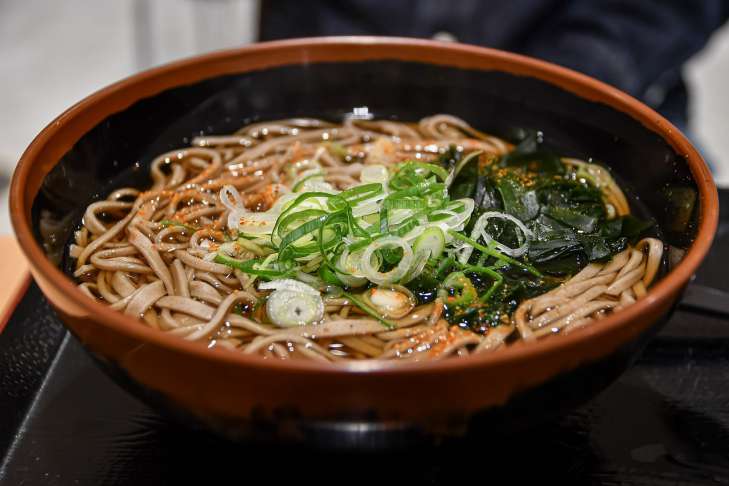Soba is a Japanese noodle made from buckwheat flour, which entered the diet of the inhabitants of the Land of the Rising Sun around the middle of the 16th century.
It is usually served chilled as a side dish for meat and fish dishes, but is sometimes added to soups and eaten with hot broth.
Vitamins and minerals in buckwheat Soba noodles
Buckwheat noodles are a good source of vegetable protein, which is important for building and repairing body tissues.

Large amount of fiber. It helps regulate digestion and promotes a feeling of fullness. Gluten free.
Minerals that are found in buckwheat noodles include iron, calcium and potassium.
Iron helps maintain normal hemoglobin levels in the blood and prevents anemia.
Calcium strengthens bones and teeth, and potassium contributes to the normal functioning of the heart and blood vessels.
What does soba noodles taste like
Soba is a popular noodle among lovers of Asian cuisine.
It consists of buckwheat and wheat flour, which gives it a pleasant nutty taste and delicate texture.
Soba goes well with both vegetables and meat or tofu.
Do you need to rinse soba noodles
Soba will be delicious both cold and hot. Boil them like regular noodles in salted water and rinse in cold water to get rid of excess starch.












